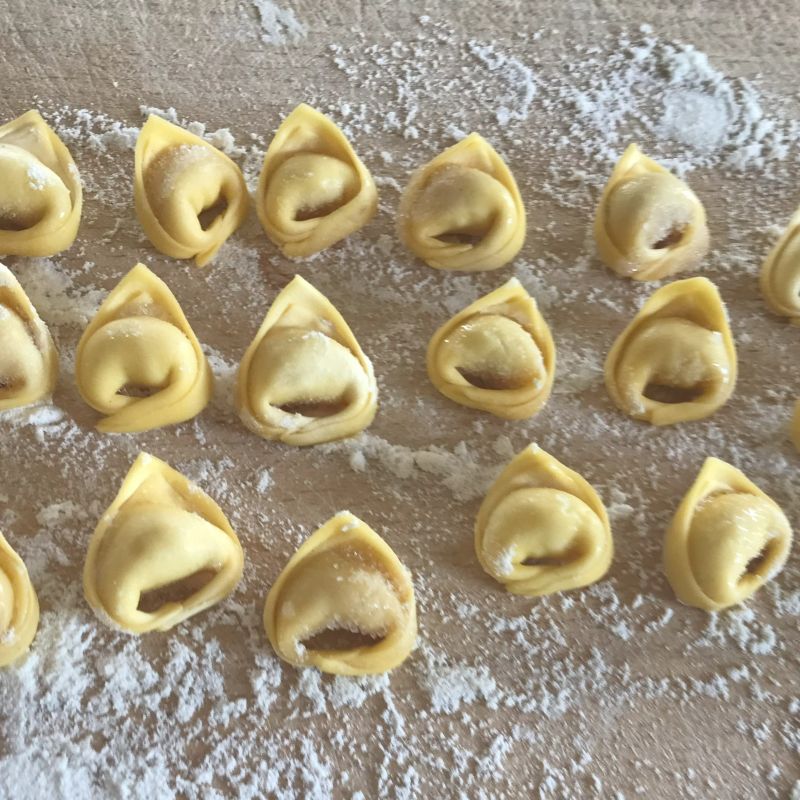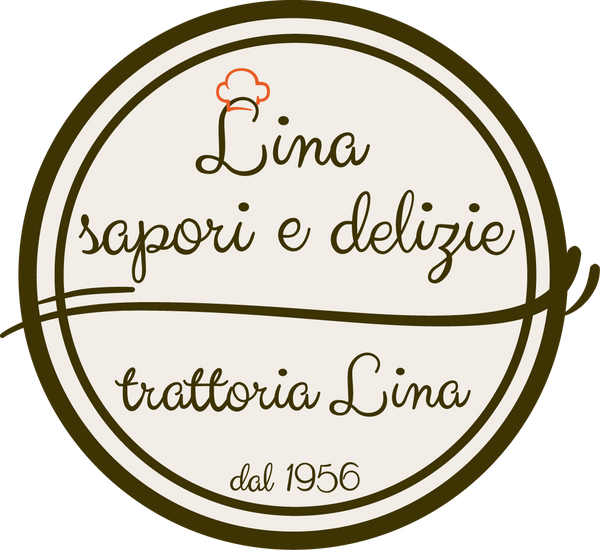
10 Unique and Unusual Facts About Emilian Cuisine (That You May Not Have Heard)
Share
Emilian cuisine is renowned for its rich flavors and solid tradition. But behind the most beloved recipes lie hidden stories, ritual gestures, and little family secrets. Have you ever heard of the ravioli hanging on the tree and picked by the youngest child? Or the sprinkles hidden among the wedding linens? This isn't your typical list: it's a culinary journey like you've never seen it before.
Here are ten special, authentic, and often forgotten curiosities that will make you see Emilian cuisine with new eyes.
1. The "branch" ravioli, eaten in two bites under the tree. During the feast of St. Joseph, in some Bolognese families, ravioli were hung from tree branches and picked by children. The youngest took the first, the eldest the last. A gesture somewhere between a game and a ritual, where every bite was a blessing.
2. Mountain sugars hidden in brides' drawers. Not just a wedding sweet: in the mountains, sugars were placed in young brides' underwear as a fertility charm. A little white magic among the lace.
3. Friggione? Tastes better the next day (but only in a clay pot). Grandma's rule: make it the day before and store it in a clay pot to retain moisture and aroma. The next day, the flavor intensifies and becomes perfect for mopping up the sauce.
4. The dough "felt" with your fingers. Real azdore didn't look at it: they closed their eyes and felt the dough between thumb and forefinger. "It should vibrate like a well-ironed man's shirt," they said with artisanal seriousness.
5. Tigelle were a bag and trail food. Before becoming table bread, tigelle (or crescentine) were a travel meal for shepherds and farmers. They were wrapped in tea towels and stuffed into a bag, with a small piece of lard between two leaves.
6. Monday lasagna, with a secret broth. Sunday: celebration. Monday: recycling. But reheating it wasn't enough. The trick? A spoonful of broth poured into the pan before baking makes it creamy again, as if it were freshly made.
7. Stir the ragù with just one spoon, always the same. In some families, the "ragù spoon" was passed down, used only for that. Washed by hand, never in the dishwasher. It's said it took on the aroma of Sundays past.
8. Christmas Eve Tortellini: Raw in a Napkin. Tradition has it that they were prepared on Christmas Eve, but left to rest overnight inside a large napkin. Only the next day were they dipped in broth.
9. Country sweets with no name. In many areas of Emilia, there were biscuits and cakes that didn't have an official name. Each family called them by invented nicknames, and often the recipe was a secret passed down only verbally.
10. The Gift of Cooking: Gestures That Speak Every Emilian dish began as a gift. It was never cooked "just for oneself": it was shared, brought to neighbors, given to the priest or guests. Even today, offering a tigella is an act of affection.
Conclusion: Emilian cuisine isn't just technique or flavor: it's memory, symbolism, and storytelling. Between a sheet of pasta and a ragù, small, often invisible worlds lie hidden, speaking of life. Talking about them is a way to honor them.
Would you like to taste these stories? Discover our artisanal products born from true traditions, the ones you don't find in books.
Share this article with those who love exploring cuisine with curious eyes!
